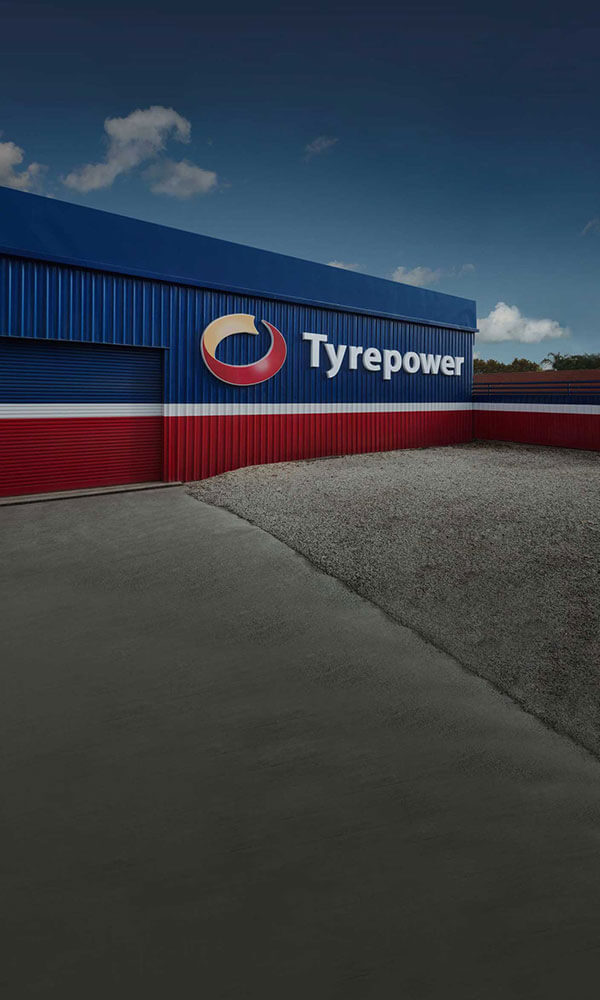Tyre pressure guide

Considerations about tyre pressure for your car
Have you ever wondered about your car’s tyre pressures? Usually, not many people are aware that they should periodically check the air pressure in their tyres. This is very important if you want to maximise your vehicle’s fuel efficiency and promote good tyre life.
Car tyres are designed to hold a specific amount of air for their durability and overall performance. Under-inflated tyres can have many negative effects on your car's safety and performance, but overinflated tyres can be just as hazardous.
What should my tyre pressures be?

It is easier to best maintain the on-road traction of your tyres if you know how much air they require. The recommended tyre pressure for your car is frequently expressed in pounds per square inch (psi), though it can also be expressed in the metric measurements of BAR or kPA too.
Your car’s handbook provides information about the recommended tyre pressures for your vehicle. Alternatively, this information is typically stated directly on the tyre placard found on the driver’s side door.
How do you check tyre pressures?
Ideally, you should check the pressure of your tyres once a month by using a tyre pressure gauge. Most automotive stores have accurate tyre pressure gauges that come in small sizes for easy storage in your glove box, and at a reasonable price.
Before checking the air pressure, your tyres should be cold. This is because the specifications on the tyre placard are based on tyres that are cold. Tyres are considered cold when the car has been parked for at least three hours.
If you tried to check tyre pressures after driving, the reading would be inaccurate. This is because the air inside your car warms up as you drive, causing the air pressure to increase slightly. How much the air pressure in your tyres changes depends on the road surface on which you’re driving, the speed at which you’re travelling, and the distance travelled.
If you don’t know how to check the pressures in your tyres, the friendly staff at your local Tyrepower store will happily assist you.
Benefits of having correct tyre pressures
You can ensure that your tyres will last longer if you keep them inflated to the right pressures. Also, having the correct tyre pressures improves fuel efficiency, enhances road safety and reduces the risk of tyre failure.

Improved fuel economy
The surface of an underinflated tyre is in greater contact with the road, creating more friction and rolling resistance.
As a result, underinflated tyres will use more fuel to maintain the same speed, which means more trips to the fuel station and less money in your pocket.
Underinflated tyres will also get hot. Very hot. In fact, it’s this excess heat that is the primary cause of tyre blowouts, a sudden and potentially dangerous situation, especially if a blowout occurs at highway speeds.
Without a doubt, maintaining the proper tyre pressure will save you money. Your fuel consumption can easily increase by up to 5% with just a 9% drop in your car’s tyre pressures.
Extends the lifespan of your tyres
Tyres can be expensive, and we frequently find ourselves in need of new tyres when we least expect them and are unable to pay for them.
Maintaining your tyres at the correct pressures as recommended by the manufacturer will help to ensure the full duration of your tyres’ life.
Your owner's manual or the placard on your car will have the pressures listed. Usually, you can find this in the engine compartment or the door jamb of the car.
Reduces the risk of tyre failure
Under or overinflated tyres can create a significant safety risk to passengers. If they are underinflated, there is a great possibility of rolling the tyre off the rim. Underinflated tyres could affect handling and braking as they won't be responsive when cornering with a longer braking distance.
On the other hand, tyres that are overinflated are also a serious risk. Overinflated tyres will wear the centre of the tyre much more rapidly, and your tyres will be more susceptible to blowouts from potholes, curbs, debris on the road, and so on.
Blowouts can be extremely dangerous, especially when driving on the highway. The life of the tyre will be reduced by overinflation at a rate of 45% faster when it is 30% overinflated.
Contact us today
As always, call Tyrepower at (08) 9459 2139 to speak to the experts if you have any questions about how to read a pressure gauge or lack the confidence to check your tyres for wear and tear. Alternatively, find a store using our helpful navigator and visit us in person.

